
cd_nom

| Author : S. Masson |
 |
To get the picture, please visit:
Sébastien Masson
email : inpn@mnhn.fr
Any reuse of one or more photographs on this site is subject to an authorization request from the author.
Link to the Code of Intellectual Property (Legifrance)

| Author : Patrice CASSIER |
 |
To get the picture, please visit:
Patrice Cassier
email : inpn@mnhn.fr
Despite the Creative Commons license, please inform the author of the use which will be made of his photo
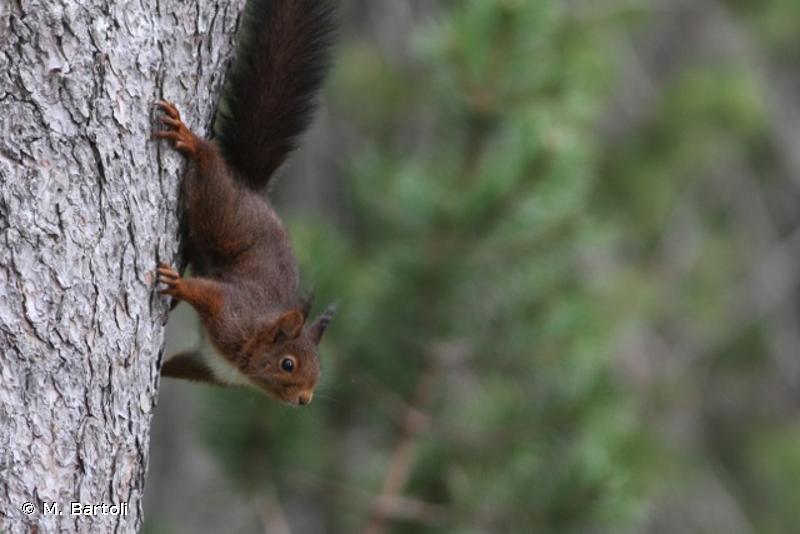
| Author : M. Bartoli |
 |
To get the picture, please visit:
Michel Bartoli
email : inpn@mnhn.fr
Despite the Creative Commons license, please inform the author of the use which will be made of his photo
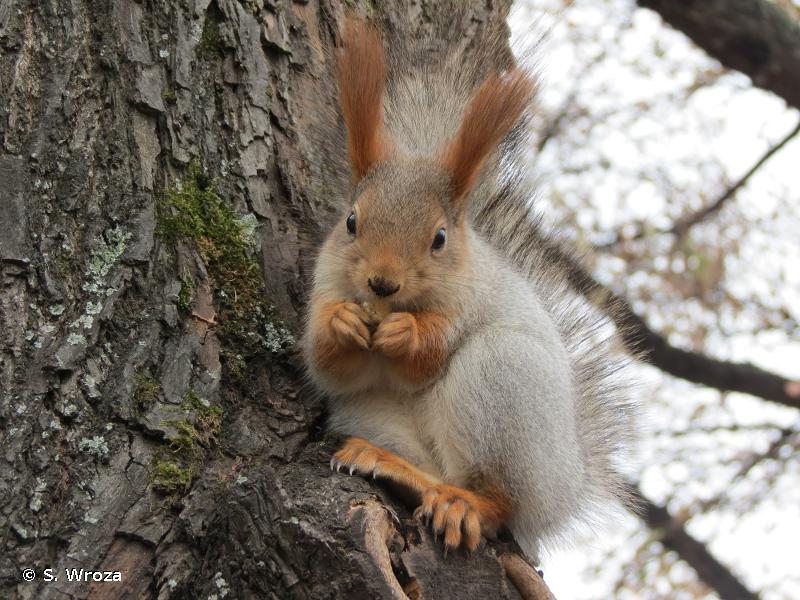
| Author : S. Wroza |
 |
Despite the Creative Commons license, please inform the author of the use which will be made of his photo
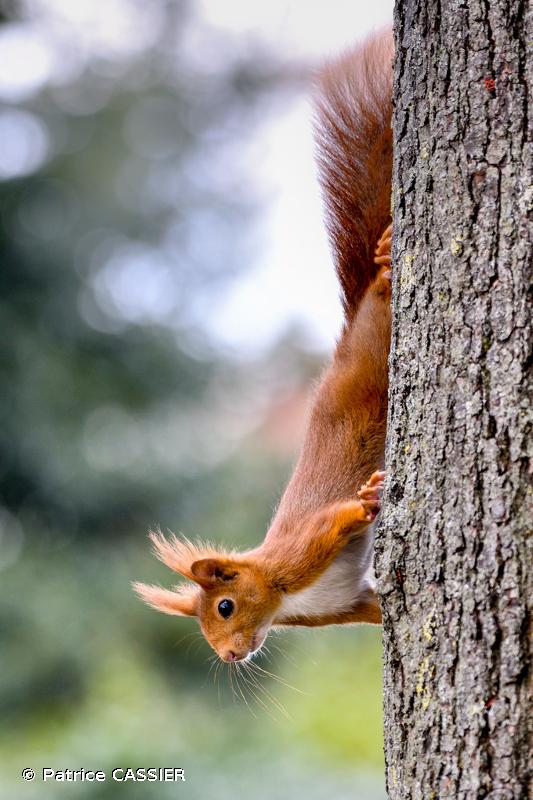
| Author : Patrice CASSIER |
 |
To get the picture, please visit:
Patrice Cassier
email : inpn@mnhn.fr
Despite the Creative Commons license, please inform the author of the use which will be made of his photo
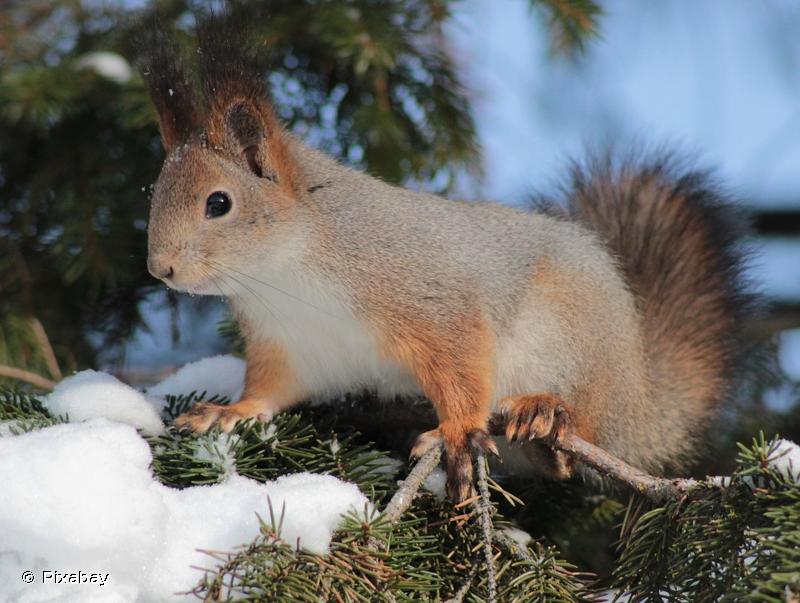
| Author : Pixabay |
 |
To get the picture, please visit:
https://pixabay.com/fr/
Despite the Creative Commons license, please inform the author of the use which will be made of his photo
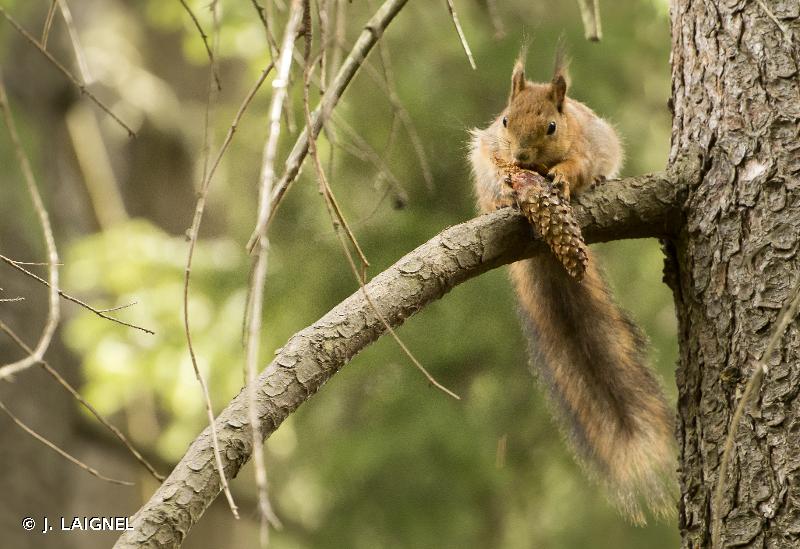
| Author : J. LAIGNEL |
 |
To get the picture, please visit:
Julien Laignel
Chargé de mission SNB - UMS2006-PATRINAT/MNHN
4, avenue du Petit Château
91800 BRUNOY
Tel.: 06.10.68.23.36
Mail: julien.laignel@9online.fr
Despite the Creative Commons license, please inform the author of the use which will be made of his photo
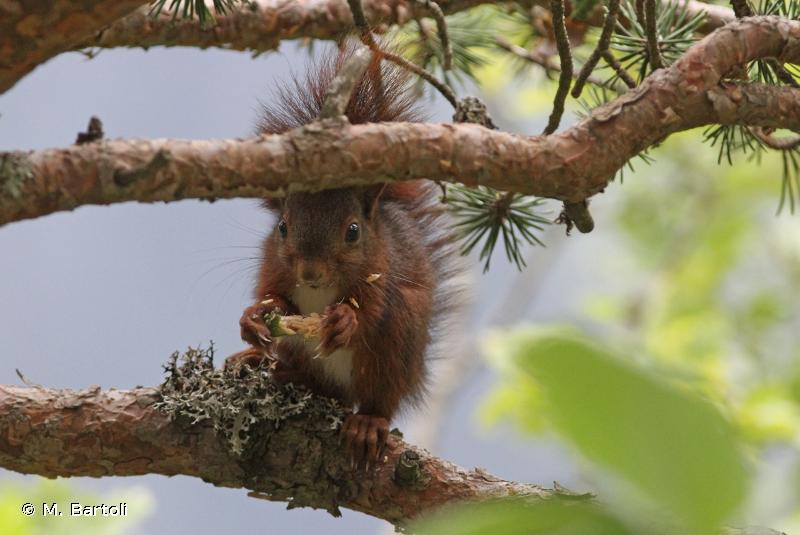
| Author : M. Bartoli |
 |
To get the picture, please visit:
Michel Bartoli
email : inpn@mnhn.fr
Despite the Creative Commons license, please inform the author of the use which will be made of his photo
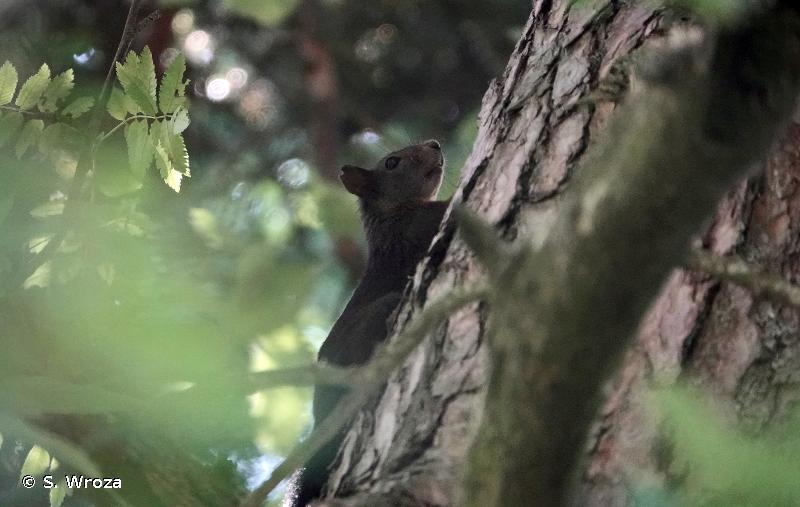
| Author : S. Wroza |
 |
Despite the Creative Commons license, please inform the author of the use which will be made of his photo
Longueur : 19-25 cm plus 14 à 20 cm de queue. Poids : 205-390 g. Dents (22): I1/1, C0/0, P2/1, M3/3.Le corps est allongé. La tête est plutôt ronde. Les oreilles sont grandes et prolongées par un pinceau de poils plus fourni en hiver, la queue est longue (presqu'autant que la tête plus le corps) et touffue. Les yeux sont assez gros. Les pieds antérieurs ont 4 doigts et les postérieurs, plus longs, en ont 5. Le pelage est généralement roux, sauf le ventre, le dessous du cou et l'intérieur des pattes qui sont blanc. Il existe toutefois des individus gris, voire noirs, en particulier en montagne.
On ne peut pas le confondre avec d'autres espèces en France, sauf dans la région d'Antibes où vit une espèce introduite : l'Écureuil à ventre rouge (Callosciurus erythraeus). Ce dernier a le ventre roux acajou et pas de touffe de poils aux oreilles.L'Écureuil roux est strictement diurne. Il se repose la nuit dans un nid sphérique en brindilles et mousses, construit à plusieurs mètres de hauteur dans le houppier d'un arbre, parfois dans une cavité. C'est un excellent grimpeur, capable de grands bonds pour passer d'un arbre à l'autre. La période de reproduction va du printemps à l'automne. La gestation dure 5 à 6 semaines. Il y a une portée annuelle, rarement deux, composée de 3 petits en moyenne. Il vit de 6 à 7 ans.L'Écureuil roux consomme beaucoup de graines (glands, noisettes, noix, graines extirpées des pommes de pins...) mais aussi des champignons et, plus rarement, des insectes, des œufs d'oiseaux ou des oisillons. Si la nourriture vient à manquer, il peut consommer des bourgeons et des écorces, ce qui lui vaut d'avoir mauvaise réputation auprès de certains forestiers. Il fait des provisions en enterrant des graines à un ou deux centimètres de profondeur. Il ne retrouve pas toutes ses caches, participant ainsi à la dissémination des graines.L'Écureuil roux est présent partout où il y a des arbres en quantité suffisante (forêts, bosquets, parcs, bocages). Il préfère les forêts de résineux mais il fréquente aussi volontiers les feuillus.Références :
AULAGNIER S., HAFFNER P., MITCHELL-JONES A.J., MOUTOU F. & ZIMA J. 2008. Guide des mammifères d'Europe, d'Afrique du Nord et du Proche Orient. Delachaux et Niestlé, Paris. 271 p.
QUÉRÉ J.-P. et LE LOUARN H. 2011. Les rongeurs de France. Éditions Quae, Versailles. 311 p.
Patrick Haffner(UMS 2006 Patrimoine Naturel (AFB / CNRS / MNHN)),2014
Continental
Metropolitan France
Overseas
Marine
Metropolitan France
Overseas
The map presents a summary at the 10 x 10 km grid of the observation data for the species transmitted to the SINP. These data have been subjected to validation filters.
The map presents a reference distribution layer of the species at the scale of departments and marine sectors. The presence and absence data were established by expertise within a network of partners. This reference distribution is used in the validation process of the SINP data at the INPN level.
Corresponds to a report on the basis of at least one observation proved within a period of 10 years (20 years for little-known invertebrates) preceding the year and no presumption of extinction since obtaining the last data nor doubt on reproductive and implemented nature of this population. For migratory species, the presence indicated concerns areas of reproduction.
This status is based on one or more of the following criteria:
This point covers the absence, more difficult by nature to demonstrate than presence. This status is based on one or more of the following criteria:
This status must be assigned to a department in which the presence of the species is casual.
Particular case of absence due to a proven extinction less than a half century ago (older disappearances are treated as "no probable or definite").
In the state of knowledge, we can not comment on the presence or absence in the current department. This is the default status when not comprised in one of the previous categories or whenever there is doubt.
The map shows the global distribution of the species based on GBIF data (Global Biodiversity Information Facility).
